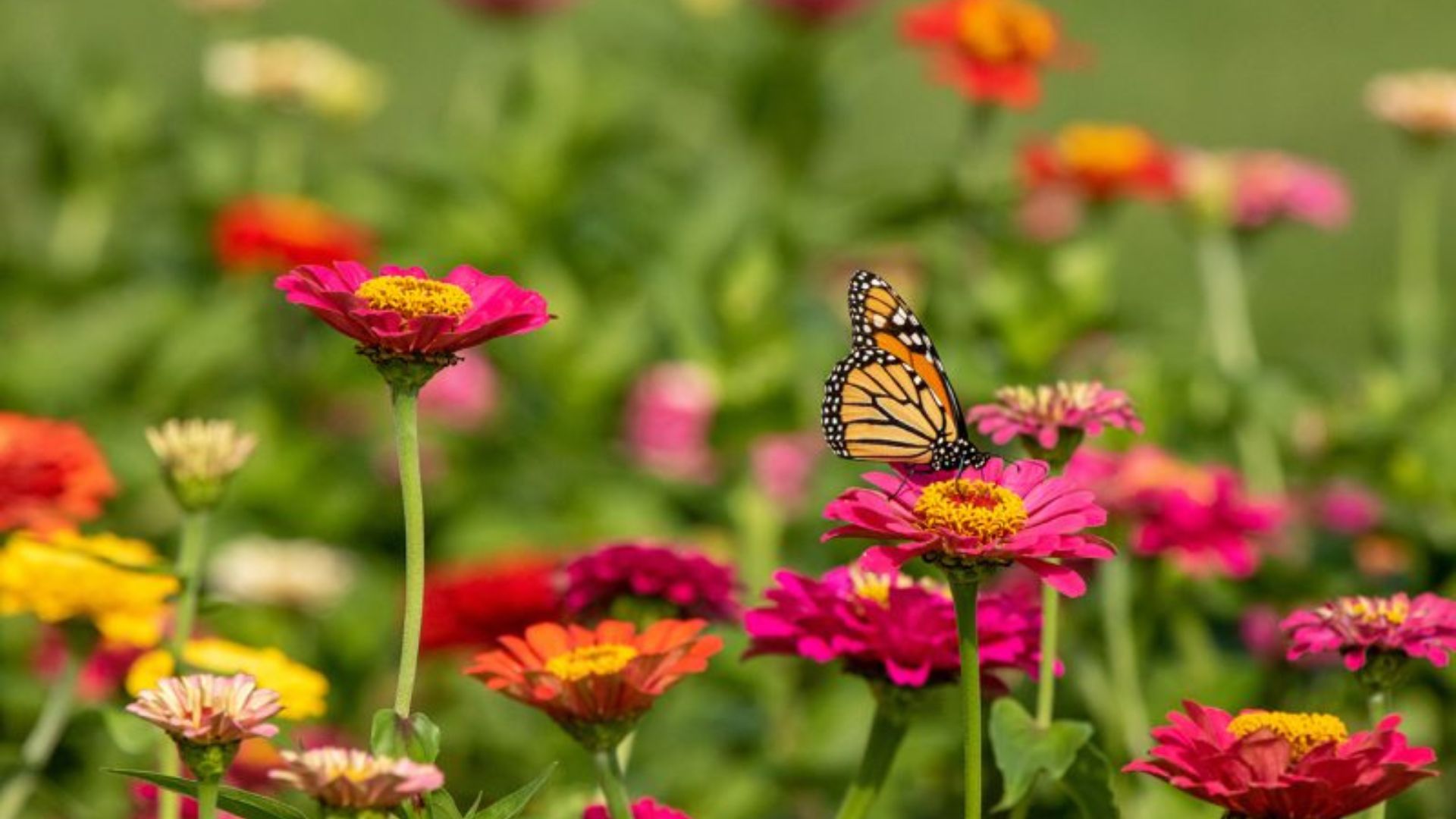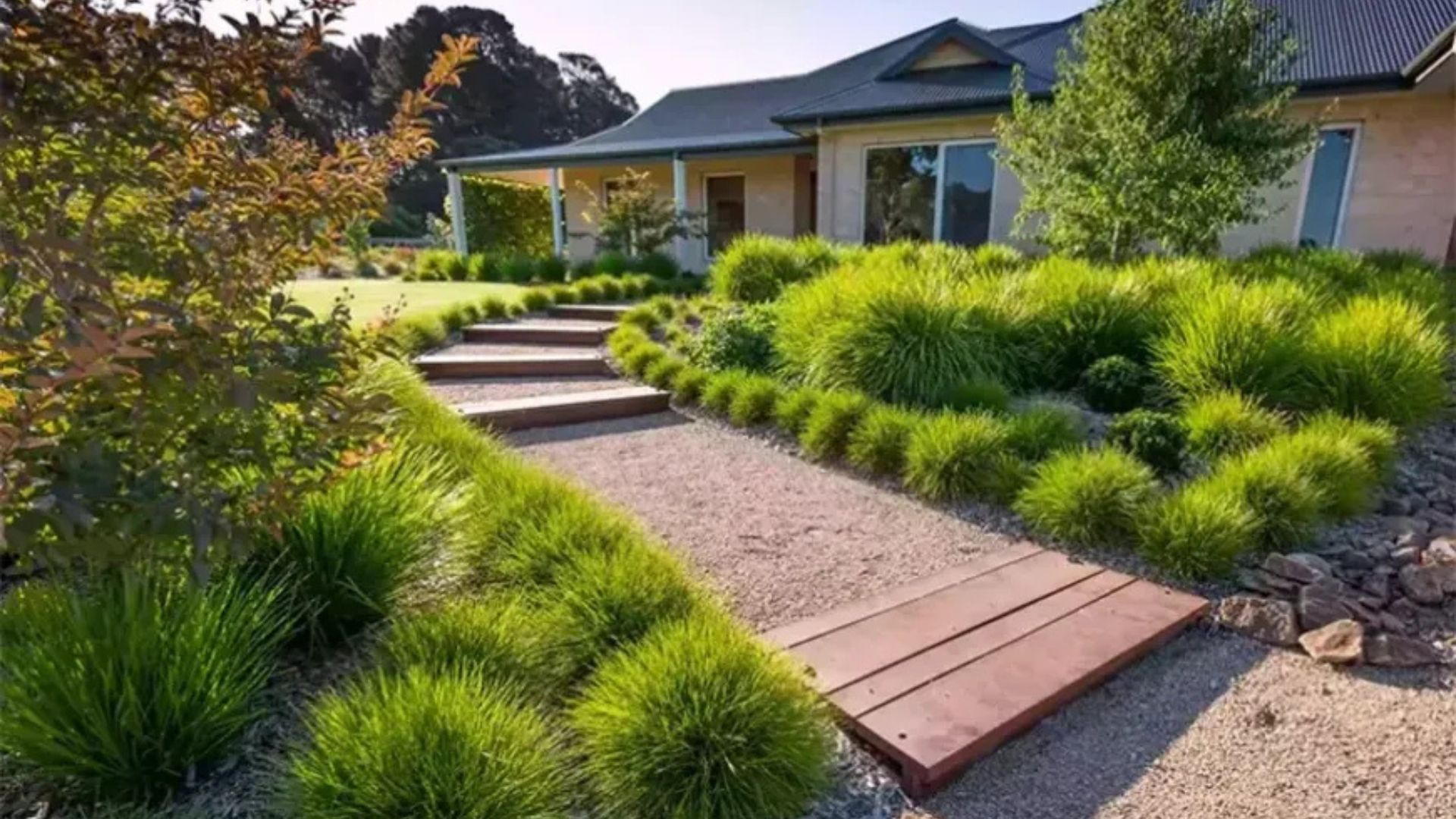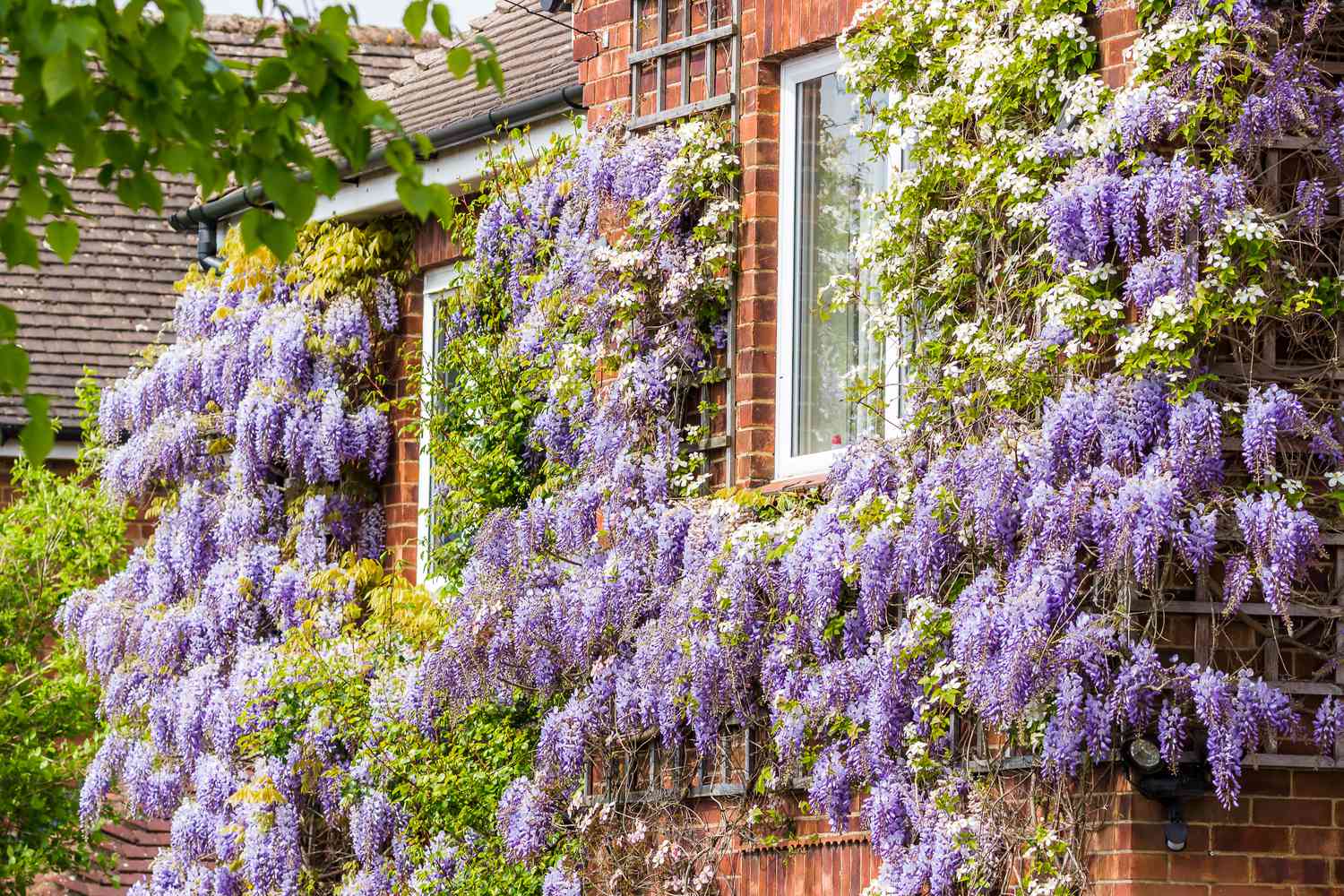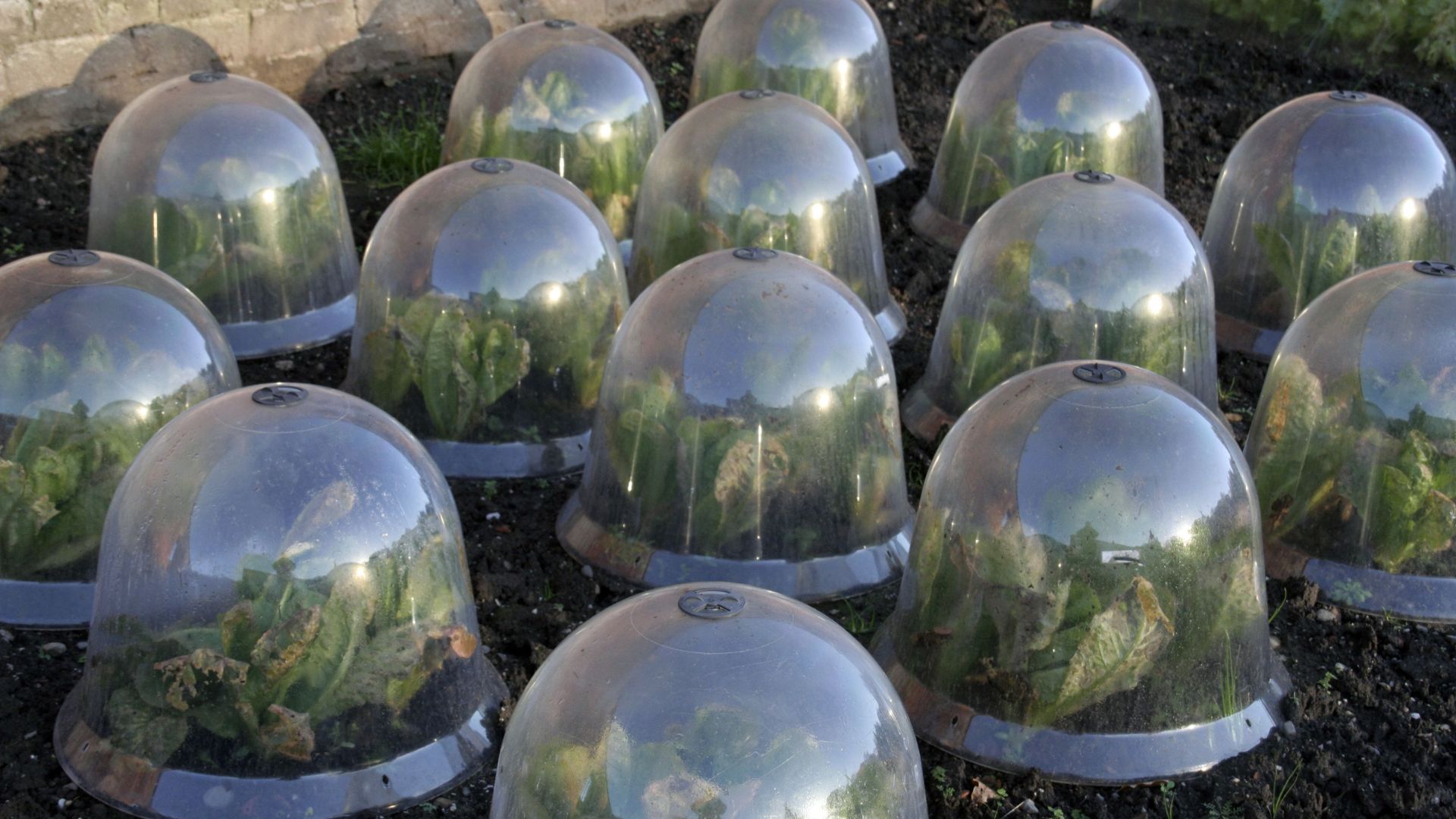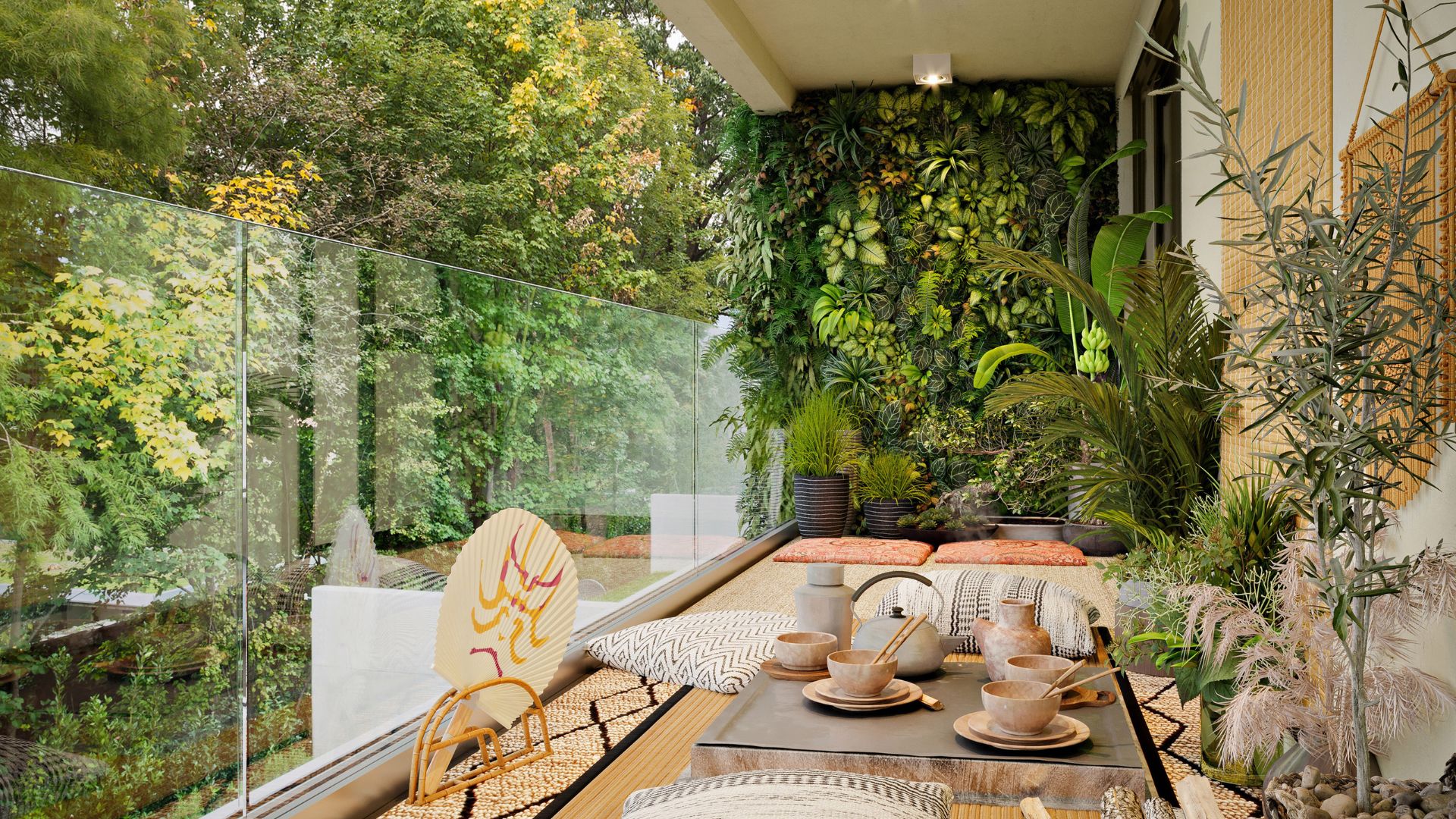Pollinators like bees, butterflies, hummingbirds, and even some beetles are essential to a healthy garden and food system. Without them, many fruits, vegetables, and flowers wouldn’t be able to reproduce. Unfortunately, pollinator populations are declining due to habitat loss, pesticides, and climate change. The good news? You can help by growing outdoor plants that naturally attract pollinators. Not only do these plants support biodiversity, but they also improve your garden’s productivity and beauty. In this article, we’ll cover why pollinators matter and the best plants to grow to invite them into your garden.
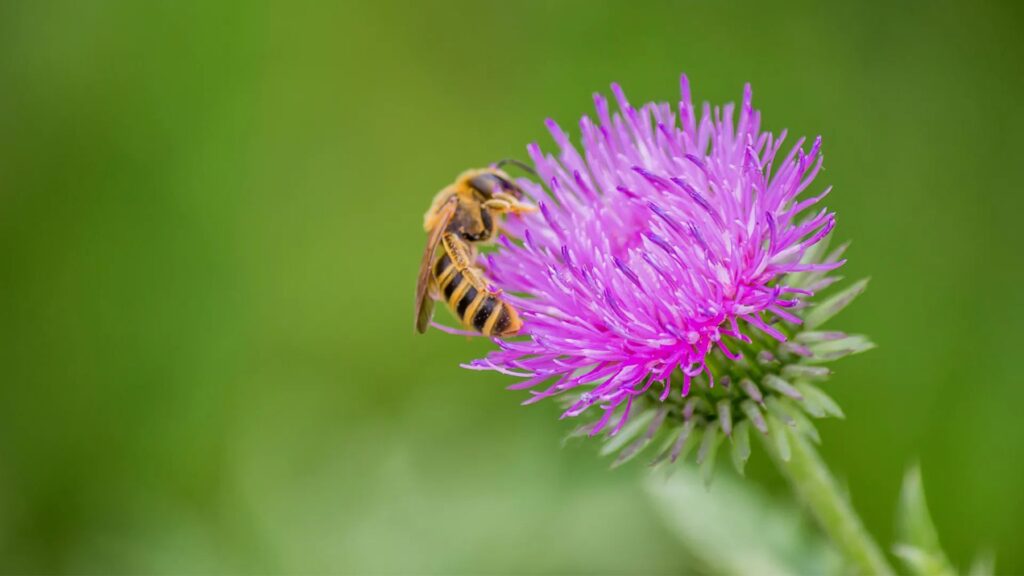
Why Pollinators Matter in Your Garden
Pollinators transfer pollen between flowers, helping plants produce seeds, fruit, and new growth. In fact:
-
More than 75% of flowering plants rely on pollinators.
-
One in every three bites of food we eat depends on them.
-
Pollinators help maintain a balanced ecosystem by supporting plant reproduction and biodiversity.
Without pollinators, many garden favorites—like tomatoes, cucumbers, apples, and berries—would fail to thrive or stop producing altogether.
Best Outdoor Plants That Attract Pollinators
Here are 10 tried-and-true plants that attract and support pollinators in your outdoor space. These plants are easy to grow, visually appealing, and bloom across multiple seasons to keep pollinators fed year-round.
Lavender
-
Pollinators attracted: Bees, butterflies, and hoverflies
-
Why it works: Lavender’s strong scent and purple flowers are irresistible to pollinators.
-
Best for: Sunny spots with well-drained soil
Bee Balm (Monarda)
-
Pollinators attracted: Bees, hummingbirds, butterflies
-
Why it works: Its tubular flowers are perfect for long-tongued pollinators like hummingbirds.
-
Bonus: Also acts as a natural deer repellent.
Coneflower (Echinacea)
-
Pollinators attracted: Butterflies, bees, and even goldfinches (after blooming)
-
Why it works: The large flower heads make an easy landing pad for pollinators.
-
Best for: Low-maintenance, drought-tolerant gardens
Milkweed (Asclepias)
-
Pollinators attracted: Monarch butterflies (and caterpillars)
-
Why it works: It’s the only plant monarch caterpillars will eat, making it crucial for their survival.
-
Important: Choose native milkweed varieties for your region.
Sunflowers
-
Pollinators attracted: Bees, butterflies, and birds
-
Why it works: Large flowers provide both pollen and nectar. After blooming, the seeds feed birds.
-
Tip: Avoid pollen-free hybrid sunflowers, which are less beneficial to pollinators.
Zinnias
-
Pollinators attracted: Bees and butterflies
-
Why it works: Bright colors and accessible flowers keep pollinators coming all season long.
-
Best for: Summer flower beds and cutting gardens
Black-eyed Susan (Rudbeckia)
-
Pollinators attracted: Bees, butterflies, and beetles
-
Why it works: These cheerful yellow flowers are a native favorite and bloom for weeks.
-
Low maintenance: Tolerates drought and poor soil
Lantana
-
Pollinators attracted: Butterflies and hummingbirds
-
Why it works: Clusters of colorful blooms offer a long-lasting nectar source.
-
Ideal for: Hot, sunny areas
Salvia
-
Pollinators attracted: Bees, hummingbirds
-
Why it works: Long flower spikes provide deep nectar reserves.
-
Bonus: Available in many colors and thrives in full sun
Yarrow (Achillea)
-
Pollinators attracted: Butterflies, bees, and beneficial insects
-
Why it works: Flat clusters of small flowers are easy for many insects to land on and feed from.
-
Best for: Dry, sunny gardens and borders
Tips for Creating a Pollinator-Friendly Garden
To maximize the impact of your planting:
-
Choose native plants – Native species are best suited for local pollinators.
-
Avoid pesticides – Even natural sprays can harm bees and butterflies.
-
Plant in clusters – Group flowers of the same species to help pollinators find them easily.
-
Stagger bloom times – Include early, mid, and late-season bloomers for year-round feeding.
-
Provide water – A shallow dish with stones can offer a safe drinking spot for bees and butterflies.
-
Let herbs flower – Allow plants like basil, mint, and thyme to bloom to support bees.
Conclusion
Attracting pollinators to your garden isn’t just good for the environment—it’s essential for healthy plants and abundant harvests. With simple steps and the right mix of flowering plants, you can turn your outdoor space into a thriving pollinator paradise.
By growing lavender, coneflowers, bee balm, and other pollinator favorites, you’re not just planting a garden—you’re supporting an entire ecosystem.






